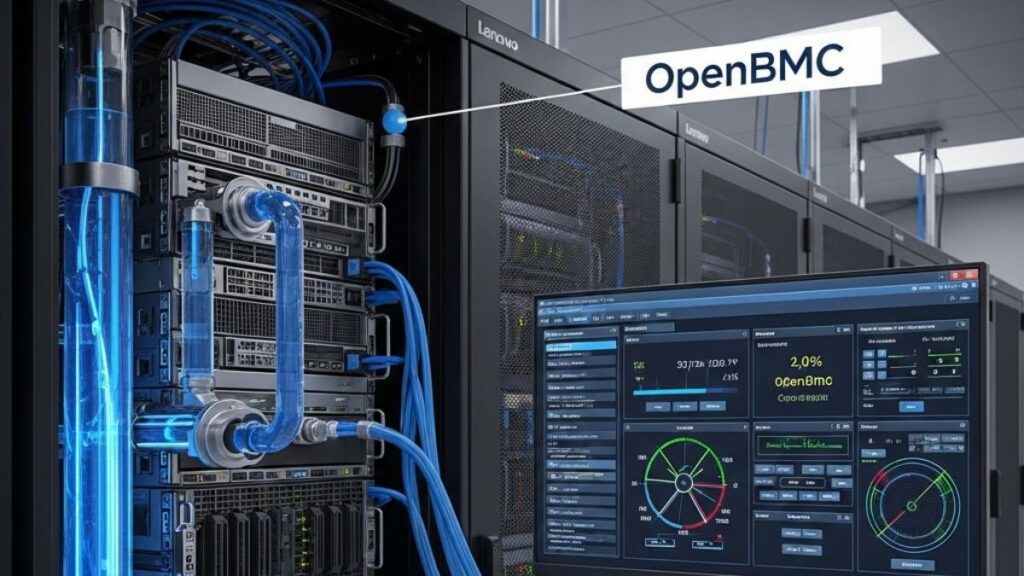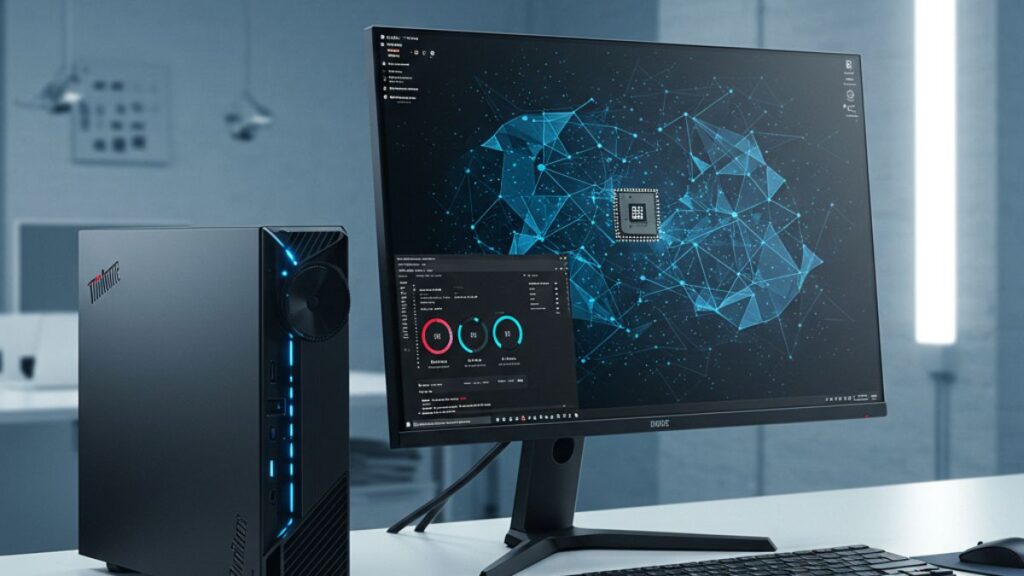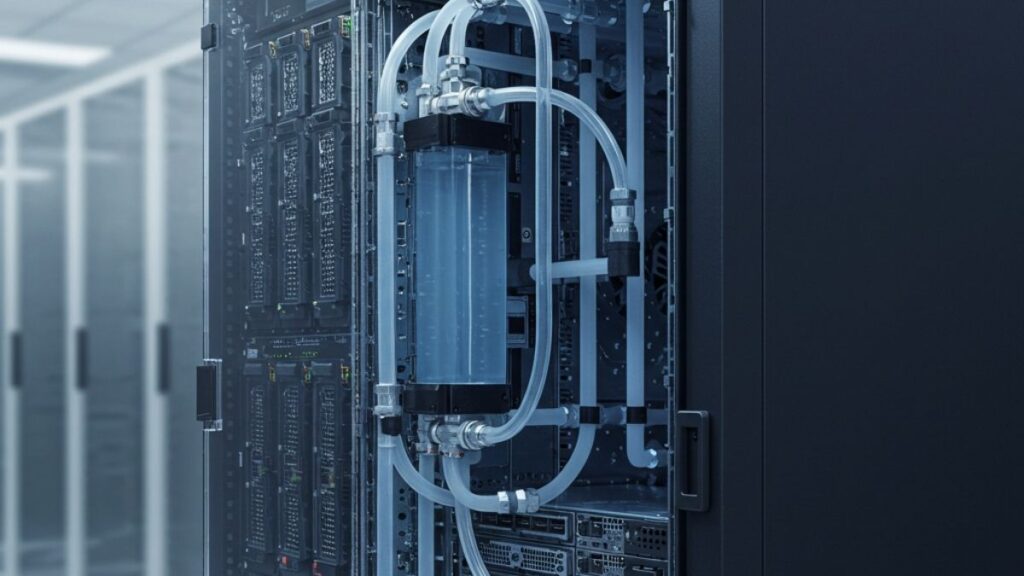While Lenovo’s server effort isn’t new, its ability to scale it certainly is and arrived with acquisition of IBM’s struggling X86 unit. Integrating the two units took time but the bigger issue for an effort focused on the enterprise is becoming credible as a supplier of server systems at scale. IT tends to be a very conservative buyer of technology and—particularly when you move into converged and hyper-converged solutions—the willingness to be an early customer is very low.
The firm, in this case Lenovo, has to do some massive heavy lifting both in terms of building a solution that can scale (which, with the IBM acquisition, it pretty much had out of the box) and convincing the buyer it can deliver and support the result reliably enough so the buyer won’t be embarrassed. Lenovo certainly can underprice its competition but, given the risk, price alone isn’t enough.
Thus, Lenovo needs some way to showcase it can be competitive and setting benchmark records—many backed up by third-party vendors that provide enterprise software solutions—can be an important way to validate the offering. Lenovo just reported it has set 10 validated world records.
Let’s talk about the importance of validated benchmarks.
Types Of Benchmarks
Performance benchmarks alone just speak to potential and—because they have traditionally been easy to game—they are the least trusted. Still buyers often look for SPEC, SPECjpp, OLTP, or TPC-E benchmarks as a validating step and those are all included in this release.
Much more powerful are application-specific benchmarks and here Lenovo showcases SAP Sales and Distribution application benchmarks on Windows and SAP HANA standard application benchmarks, showcasing that when the related systems are used for real loads they also outperform.
Now these alone clearly aren’t going to do the entire job and they don’t have to. These latest 10 benchmarks fall on top of 24 additional positive benchmarks since 2014.
What’s next?
Customer Testimonials
This is often one of the most difficult parts of building credibility and that is getting customers to actually come forward and advocate for the solutions. What makes this difficult is that often these customers’ own marketing organizations throw their bodies in front of such efforts—either because of turf or just because they don’t want any third-party efforts diluting the company brand or confusing their own customers with regard to what business the firm is actually in. In addition, if the firm seeking the testimonial screws up, the image problem can flow over to the firm giving the testimonial and become a problem for the marketing organization. The older and larger the firm is, the easier it is to get this kind of thing done because the risks are lower.
This is one of the advantages Lenovo has from acquiring IBM’s Server business. IBM has always been one of the best when it comes to getting customer testimonials and—given much of the IBM executive staff transferred into Lenovo with the acquisition—the relationships that allowed IBM to get testimonials from satisfied customers should still exist and now should be able to be leveraged by Lenovo.
Wrapping Up: Benchmarks to Testimonials
One of the reasons going into enterprise sales is so difficult isn’t the products or even the related services. It is building the reputation that you can perform at this level. You need all three elements the product, the services, and the necessary reputation. Lenovo has the products and services, much of which was acquired from IBM, and it is building a list of impressive benchmarks. Testimonials, fortunately, should be comparatively easy thanks to the fact they acquired much of their server scale from IBM, which is arguably one of the best in this area. This means Lenovo has a decent shot of setting yet another record: Getting to full scale as an enterprise solutions vendor in the big data arena. All it has to do is continue to execute.
- The HP OmniBook X Flip 2-in-1 16-Inch: Your New Digital Swiss Army Knife (Now in Glorious Atmospheric Blue) - June 25, 2025
- The Open AI Avalanche: Why AMD’s Collaborative Spirit Is Outmaneuvering NVIDIA’s Empire - June 22, 2025
- Lenovo Embraces OpenBMC: A Step Towards Greater Transparency and Control in the Data Center - June 17, 2025




Comments are closed.